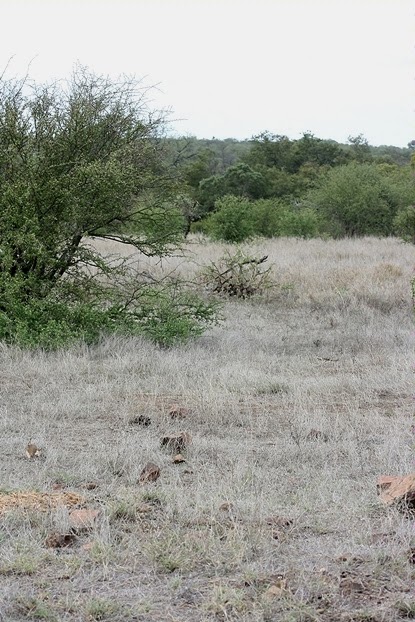Letaba
Camp, Kruger National Park
We decided
to go and stay at Letaba Camp. The northern part of the park is still very dry
but at least they have had some rain since I was there last, the first week of
December.
Then,
there was not a blade of grass or a leaf to be seen and my heart cried at the
thought of the hardship in store for the animals this coming winter with no
food.Many of the plants had not even bloomed there yet and the Marula trees which should have been dropping the ripening fruit, was only then getting a few new leaves.
What a
devastating sight it was. http://youtu.be/CkuTCYjCa-M (Please review this for the full dialogue)
An early
morning drive saw us crossing the Letaba River with many hippo and storks on
the sandbanks. This hippo decided that it was good fun to chase them off HIS
patch. LOL!!Ebenezer Dam is located nearby and when built, the authorities made sure that there were fish ladders in place in order to allow them to migrate downstream. Because of the constant water, this area is alive with all species of game and one could spend all day sitting on the banks watching the animals come and go.
A wonderful little caterpillar belonging to a moth of some sort. Such a pity there is so little known about their early stages.
During the heat of the day, buffalo, warthogs and even vultures make good use of the mud holes in order to cool themselves down. Women pay thousands for mud treatments and I wonder why as it does not seem to make the buffalo and warthogs prettier? LOL!!
When I was there in December, there was an elephant which had died on the banks. Now, all that remains are a few bones. The rest has been cleaned up by the scavengers.
The sand road between Letaba and Olifants winds along the river in some places with a fabulous lookout where one can get out of the car. A hear of elephant was approaching the banks and Gaelyn was eager to get pictures of them.
Amongst the herd was a little one and it was interesting to note how they helped and protected it during the crossing of the river.
During this
trip we came across many HUGE buffalo herds, some of which people estimated to
be in the region of 800 but my guess would be 300. It is nice to see how they
have recuperated since their decimation by Bovine TB in the 1980’s.











1 comment:
Yet another wonderful day in Kruger. Sure glad rains came so the grasses can feed the animals. Not so nice for us camping of course.
Post a Comment